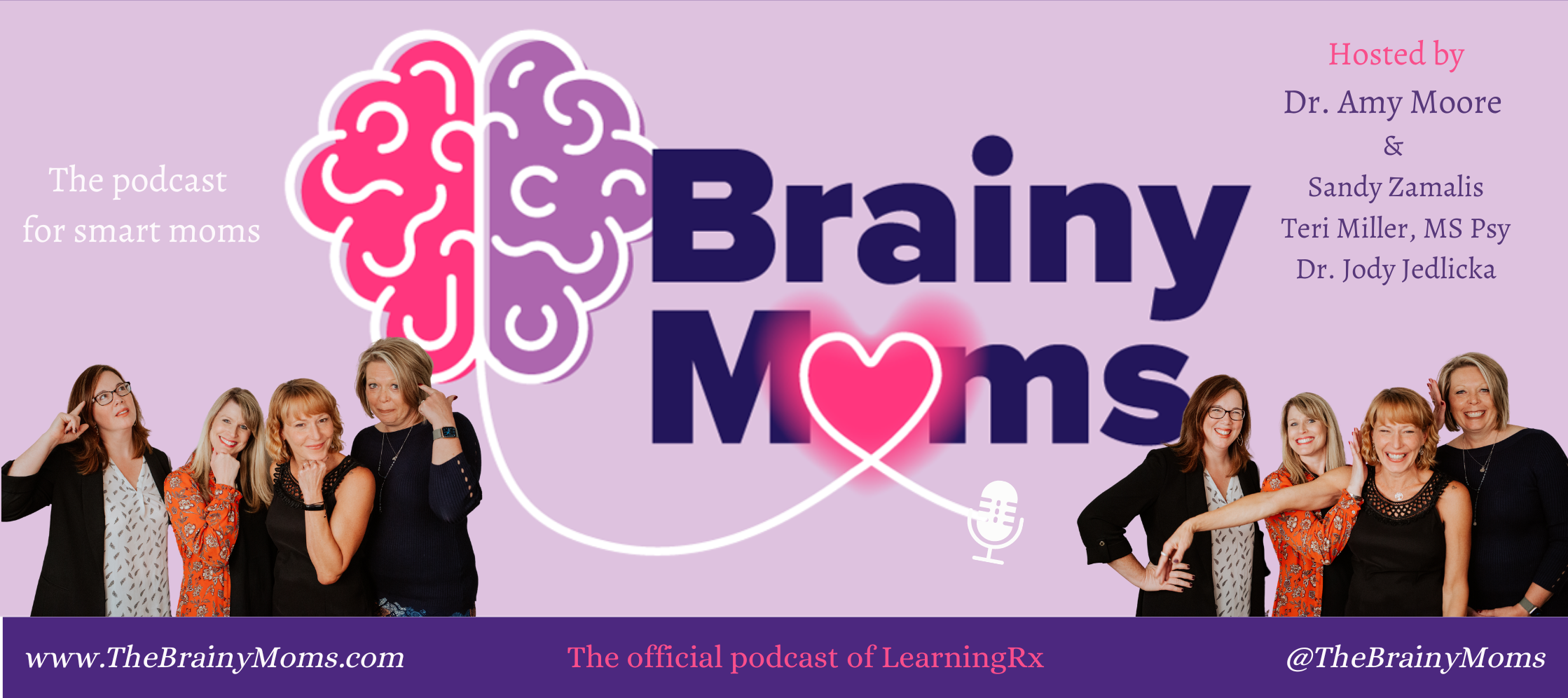Most parents of adolescents understand that it’s common for them to worry about what they look like. After all, this crucial developmental period is when older school-aged kids are figuring out who they are and where they fit in, and how to attract potential partners.
But sometimes those typical concerns go a step further, creating an almost obsessive focus on their perceived physical flaws, some of which others wouldn’t even notice. This mental health condition, called body dysmorphic disorder, can lead to compulsive behaviors that include social avoidance, picking, self-mutilation, plastic surgery addiction, or checking their appearance frequently in mirrors or avoiding their reflection altogether. In addition, being consumed by their flaws can cause people to self-isolate, which in turn can further add to feelings of sadness, depression, anxiety, and loneliness.
So what exactly is body dysmorphic disorder (BDD) and what do parents need to know?
Causes of body dysmorphic disorder
More research is needed to better understand body dysmorphic disorder, but the current consensus is that it’s caused by a combination of biological, environmental, and psychological factors. These can include negative experiences about your body or self-image (e.g., bullying or overly critical parents), trauma, genetics or a family history of the disorder, low serotonin levels, and abnormal brain function.
According to the Cleveland Clinic, body dysmorphic disorder is most likely to start in your teens or early adult years. Although BDD can start in adulthood, it usually develops around ages 12 or 13. In fact, two-thirds of people with body dysmorphic disorder develop it before age 18.
Check out some of these statistics about BDD as published by the U.S. National Library of Medicine:
- BDD has been reported in children as young as 5 and adults as old as 80.
- Body dysmorphic disorder impacts between 0.7% and 2.3% of the population. (BDD is more common than anorexia nervosa and schizophrenia.)
- BDD is slightly more common in women (2.5%) than men (2.2%).
- Among individuals being treated in inpatient psychiatric hospitals, the rate of BDD is between 13% and 16%.
- A study of adolescent inpatients found that 4.8% had BDD.
It’s worth noting that muscle dysmorphia—a preoccupation with a muscular and lean physique—is a form of BDD that more often affects males. You may hear it referred to as “bigorexia,” when referencing boys who believe they are small and skinny despite being either typically or even unusually muscular. Boys with BDD or bigorexia many compulsively work out or control their diet in an attempt to become more muscular.
Symptoms of body dysmorphic disorder
It can be difficult for parents to recognize the difference between “typical” teen angst and the hyper self-awareness and self-criticizing that stems from BDD. The main difference is that expected behaviors become more exaggerated and extreme in kids or teens with BDD. For example, he or she may:
- hold false ideas about their appearance
- focus on specific parts of their body (e.g., nose, teeth, ears) or blemishes (e.g., pimples, scars, stretch marks)
- become overly stressed or anxious about their appearance
- obsess with checking on or fixing their appearance multiple times a day (or avoiding mirrors altogether)
- constantly research or talk about cosmetic procedures
- cover up with makeup, hats, baggy clothes
- avoid situations that require them to wear a bathing suit or other “revealing” clothing
- constantly exercise or diet
- compare themselves to others
- regularly asking for validation on how they look
- self-isolate and avoid social situations
- change their appearance frequently (e.g., clothes, hairstyle, tanning)
- take frequent selfies using photo filters to alter their appearance
- groom compulsively, including dermatillomania (picking or scratching at skin) or trichotillomania (pulling or plucking hairs)
In severe cases, kids and teens can be at risk for suicide, so be sure to prioritize getting them help even if you’re not sure that they’re at risk of hurting themselves.
Other complications of untreated BDD can include eating disorders, substance abuse, and health ailments from picking at skin.
Treating body dysmorphic disorder
If you or your kids’ doctor is concerned that your child or teen has BDD, you’ll want to make an appointment with a mental health provider who specializes in the disorder.
They may use a combination of medicine (such as a selective serotonin reuptake inhibitor or SSRI) and talk therapy. In severe cases in which there are concerns over self-harm, hospitalization may be necessary.
For BDD, talk therapy typically includes cognitive behavioral therapy (CBT), which will help your child or teen manage their anxieties and fears and slowly change the way they think about themselves by replacing their negative thought patterns with more positive ones.
Although there’s no cure for body dysmorphic disorder, it’s treatable. And because symptoms can get worse as your kid ages, the sooner you can get your child or teen help, the better.
